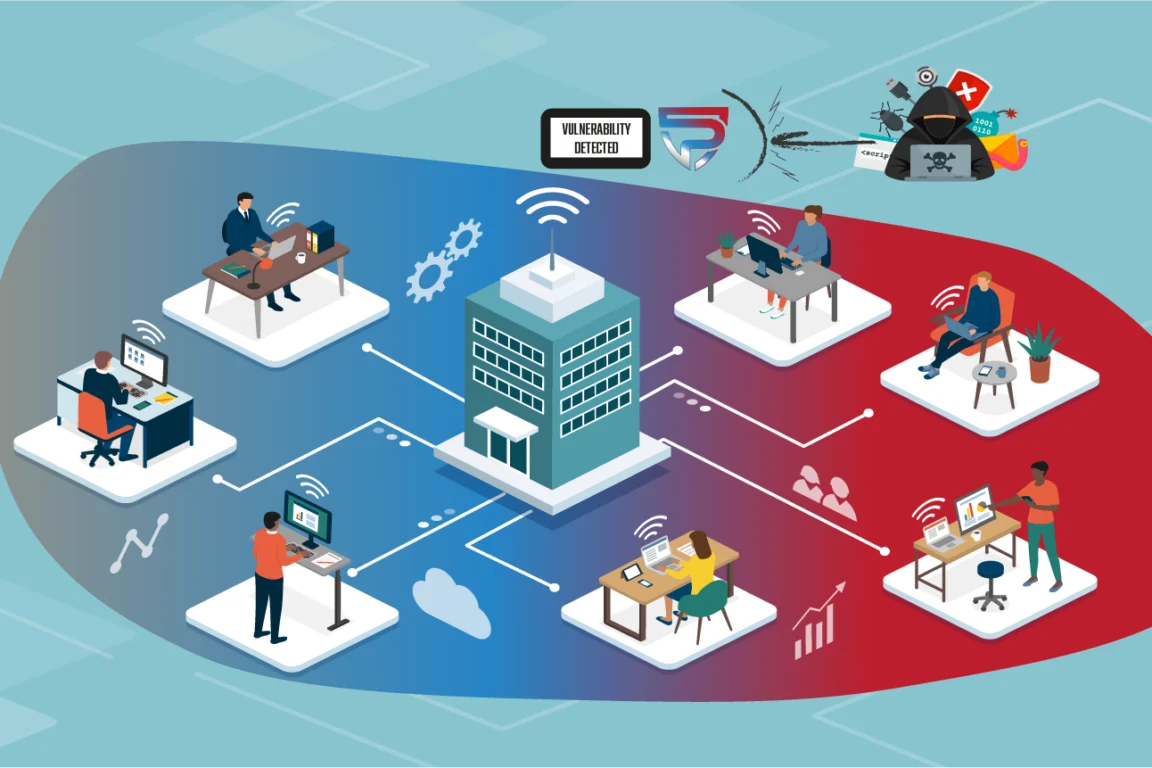DevOps security best practices need to follow a few initiatives and technologies. Choosing a DevSecOps model ensures security models are integrated into the entire product development lifecycle. Follow the policies and governances that are easy for developers and other team members to understand and agree to. Automating your DevOps processes and tools minimizes risk, associated downtime or vulnerabilities that could arise from human error. Ensure that all devices, tools, and accounts are checked and verified under security management according to the applied policies. Vulnerabilities should be scanned, assessed, and remedied across all environments before being deployed to production. Constantly scan to identify and fix misconfigurations and potential errors in all environments.
Use DevOps secret management to secure access by having the applications and scripts call or request use of the password from a password safe. Monitor, control, and audit access as needed to reduce opportunities for internal or external attackers to escalate privileged user rights or exploit code. Verify that the network infrastructure is properly segmented into its needed zones thus reducing the traffic between zones and requiring the use of multi-factor authentication, adaptive access authorization and use session monitoring to provide oversight.







